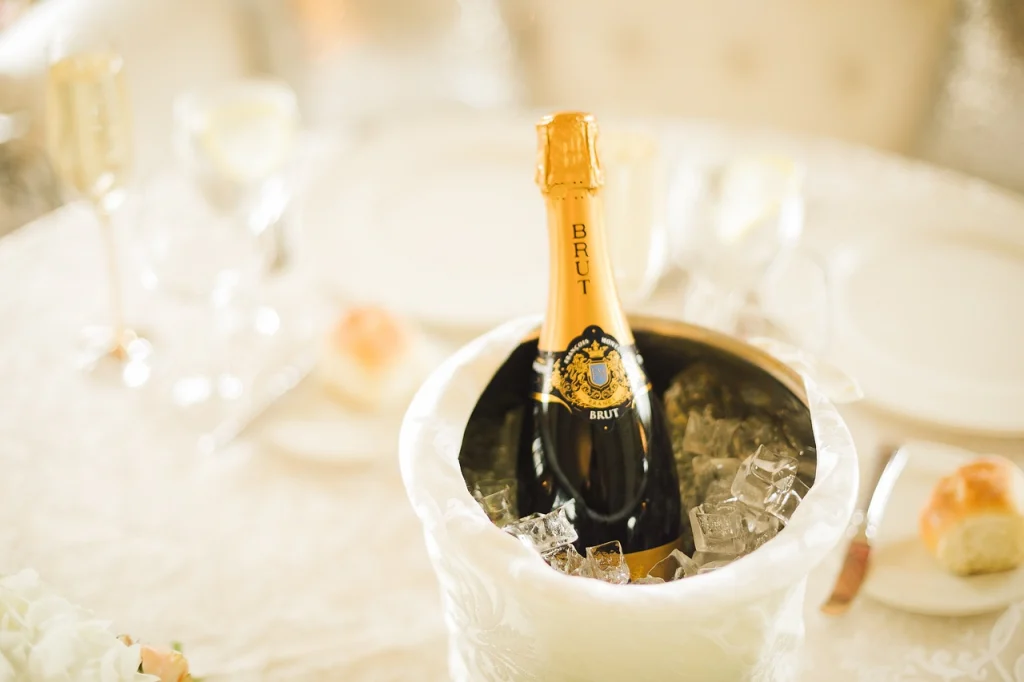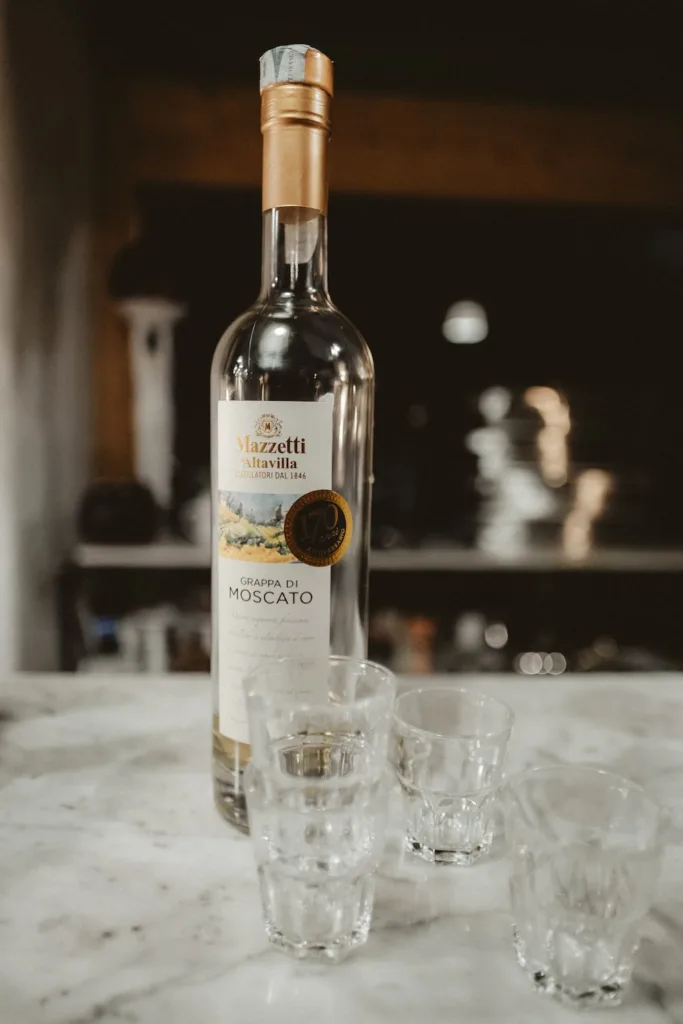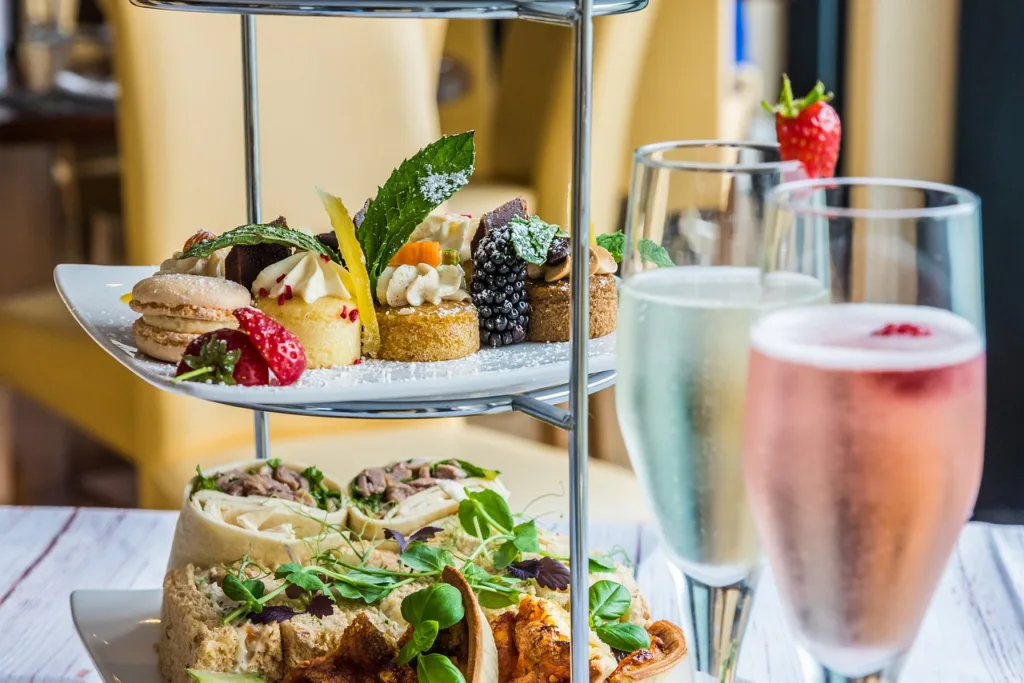I’ve always been intrigued by the world of sparkling wines, but admittedly have not been a big fan until recently. It’s a lovely experience because of the effervescence, the bubbles, and the sharpness. Champagne and Moscato are two of the most well-liked sparkling wine varieties. I’ll examine the variations between these two sparkling sweet wines in this post and assist you in selecting the one that’s best for you.
Sparkling wine is what?
Let’s first define sparkling wine before delving into the details of Moscato and Champagne. A sort of wine with carbon dioxide bubbles is called sparkling wine. When yeast turns sugar into alcohol during the fermentation process, bubbles are produced. The wine becomes encased in carbon dioxide gas, which produces bubbles.
History of Moscato and Champagne
The sparkling wine known as champagne was first produced in the Champagne area of France. It was created for the first time in the 17th century and rapidly became well-liked by the French nobility. Champagne is currently one of the priciest and most distinguished wines in the world.
On the other hand, Moscato has a lengthy history that goes all the way back to ancient Greece. The wealthy Italian aristocracy initially drank it in Piedmont, where it was first manufactured. In the 1990s, Moscato became well-liked in the United States, where it subsequently acquired appeal among wine enthusiasts.
Champagne vs. Moscato: Production differences
Champagne and Moscato are produced in quite distinct ways. A second fermentation occurs in the bottle during the méthode champenoise method of making champagne. After the wine has aged for at least 15 months, the yeast is taken out through a procedure known as disgorgement.
On the other hand, the Charmat method also called the “tank method,” is used to make Moscato. In a sizable stainless steel tank, the wine goes through a second fermentation, which gives it a sweeter and fruitier flavor profile. In general, Moscato is designed to be drunk young and is not often matured as long as Champagne.
Moscato vs. Champagne: Tasting differences
Moscato and Champagne each have unique flavor qualities that set them apart. The flavor of champagne is renowned for being acidic, dry, and crisp. It has an intricate flavor profile with hints of toast, apple, and citrus. In addition, Champagne has finer, longer-lasting bubbles than Moscato.
On the other hand, Moscato is renowned for its sweet and fruity flavor. Because of its lower alcohol content than Champagne, it is frequently used as a dessert wine or aperitif. Peach, apricot, and honey flavors are present in the distinctive flavor profile of Moscato. In comparison to Champagne, Moscato has larger and less enduring bubbles.
Moscato vs. Champagne: Meal pairings
Several kinds of meals go well with Champagne and Moscato. Champagne is a versatile wine that complements a variety of foods. Seafood, cheese, poultry, and even spicy meals pair nicely with it. Champagne is a wonderful addition to many different recipes since its acidity helps cut through fatty and rich foods.
Moscato is categorized as a dessert wine, although it can also be savored on its own or with lighter fare like seafood or salads. It is a well-liked option for warmer weather and outdoor parties because of its light and refreshing flavor.
Is Moscato a Dessert Wine?
It’s crucial to think about your preferred level of sweetness while selecting a Moscato. Moscato is available in a variety of sweetness levels, from dry to sweet; make sure to select one that appeals to your palate. Take into account the Moscato’s origin as well – A popular alternative is Moscato d’Asti from Italy, but there are many varieties from Spain, Australia, and other places.
All things considered, Moscato is a flexible wine that may be enjoyed as a dessert wine or with a range of dishes. Its fruity sweetness makes it a fantastic option for those who prefer sweeter wines, and its lower alcohol concentration makes it a preferred option for those who want to enjoy a glass without getting too buzzed.
How is Moscato Different Than Wine?
Particularly among those with a sweet palate, the wine variety known as Moscato has experienced tremendous growth in popularity in recent years. Made from muscat grapes, which are prized for their potent scent and flavor, it is a sweet, sparkling wine. The sweetness of Moscato sets it apart from other varieties of wine.
In contrast to most wines, which are dry and have minimal residual sugar, Moscato is produced with more sugar, giving it a sweeter flavor character. Moscato has an alcohol content that is normally between 5 and 10%, which is lower than that of most wines, making it a popular option for individuals who prefer a drink that is lighter and more energizing.
Carbonation is another significant distinction. Moscato frequently has carbonation applied to give it a frothy, effervescent mouthfeel. Its refreshing and lively qualities are enhanced by its effervescence, making it a popular option for parties or informal get-togethers. Overall, Moscato is a distinct and tasty wine that provides a cool substitute for conventional dry wines.
Which sparkling wine is best for you?
Whereas Moscato is a sweet and fruity wine that goes well with desserts and spicy foods, Champagne is a crisp, dry wine that goes well with a variety of dishes. There are many other sparkling sweet wine options to consider if you enjoy them, such as Prosecco, Cava, and Lambrusco. The decision ultimately boils down to personal preference, so consider a few different possibilities before selecting one that appeals to your palate.
What sweet sparkling wine will you try next, then?
Related Articles:
From Moscato to Port: Top Dessert Wines You Need to Try
Raise a Glass: The Best Italian Sparkling Wines to Pair with Your Favorite Italian Dishes
About the Publisher
Paul is a dedicated wine aficionado and a blog publisher. For the past several years I have studied for the Wine & Spirits Education Trust, a highly regarded educational institution for the study of wine. I am passionate about all things wine and like to discover new and interesting wines from around the world.






